Home>Furniture & Design>Interior Design Trends>Why Does A Glass Rod Become Positively Charged When It Is Rubbed With A Silk Cloth?
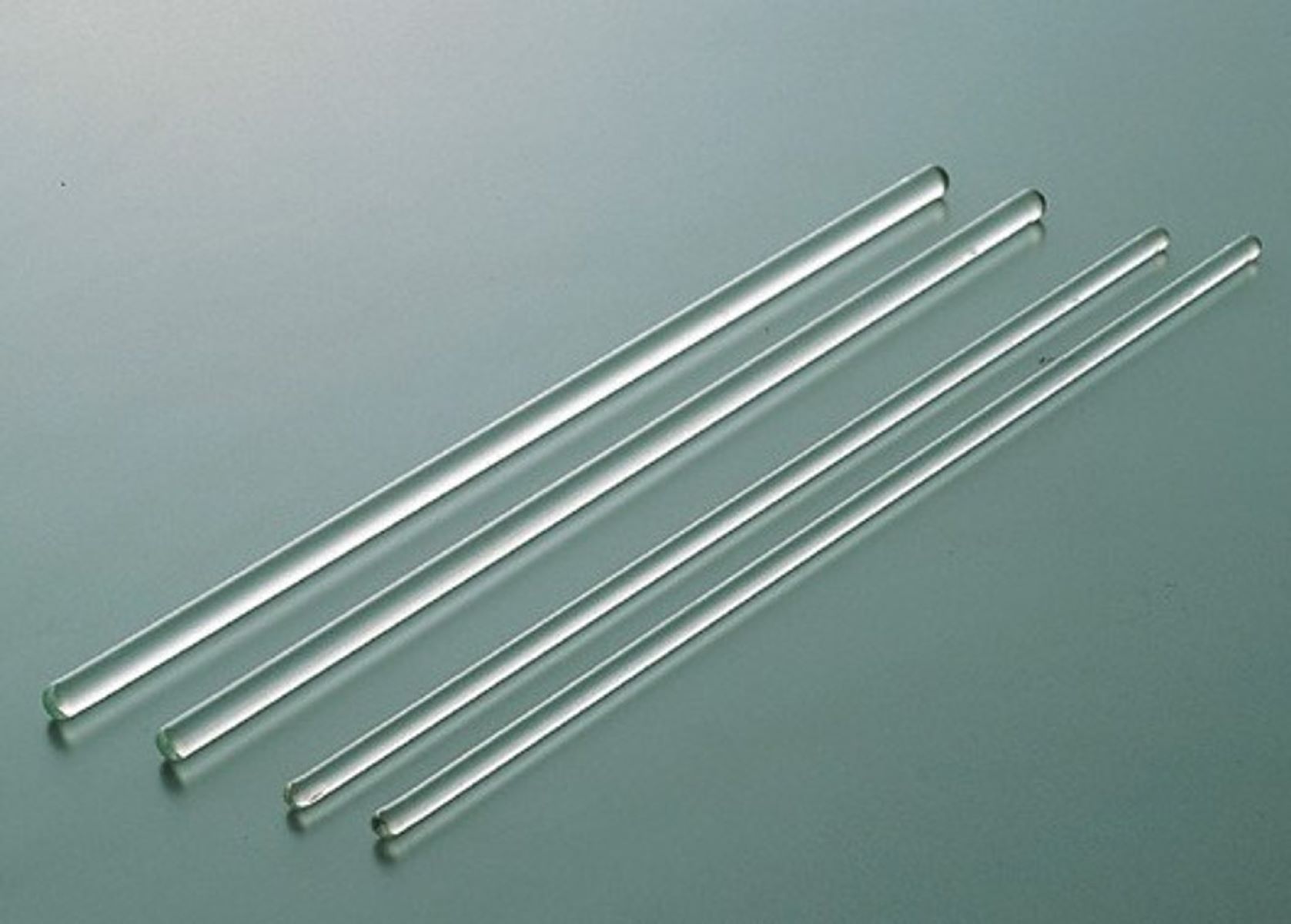

Interior Design Trends
Why Does A Glass Rod Become Positively Charged When It Is Rubbed With A Silk Cloth?
Published: February 6, 2024
Discover the latest interior design trends and learn why a glass rod becomes positively charged when rubbed with a silk cloth. Stay updated with the latest trends in interior design.
(Many of the links in this article redirect to a specific reviewed product. Your purchase of these products through affiliate links helps to generate commission for Storables.com, at no extra cost. Learn more)
Introduction
The interaction between glass and silk may seem like a simple, everyday occurrence, but it holds a fascinating scientific phenomenon that has intrigued minds for centuries. When a glass rod is rubbed with a silk cloth, the glass rod becomes positively charged. This intriguing behavior stems from the fundamental nature of charge and the triboelectric effect, which plays a pivotal role in understanding this phenomenon.
Understanding the underlying principles behind this phenomenon not only satisfies our curiosity but also sheds light on the intricate workings of the natural world. As we delve into the nature of charge and the triboelectric effect, we will uncover the captivating forces at play when glass and silk interact, ultimately leading to the glass rod's positive charge.
Key Takeaways:
- When glass is rubbed with silk, it gains a positive charge due to the exchange of electrons, showcasing the captivating dance of subatomic particles and the triboelectric effect.
- The electrifying phenomenon of a glass rod becoming positively charged when rubbed with a silk cloth unveils the mesmerizing interplay of charge transfer and material interactions at the atomic level.
Read more: When Does Grass Become Dormant
The Nature of Charge
The concept of charge lies at the heart of the phenomenon observed when a glass rod is rubbed with a silk cloth. Charge is a fundamental property of matter, representing the imbalance of protons and electrons within an object. Protons, which carry a positive charge, and electrons, which carry a negative charge, are the subatomic particles responsible for creating this fundamental property.
In the realm of charge, the principle of conservation holds true, meaning that charge cannot be created or destroyed but can only be transferred from one object to another. This transfer of charge is precisely what occurs when a glass rod is rubbed with a silk cloth, leading to the glass rod acquiring a positive charge.
The nature of charge is intricately linked to the behavior of subatomic particles, particularly electrons. When two materials come into contact, such as glass and silk, the electrons at the surface of the materials interact, leading to a redistribution of charge. This redistribution results in one material gaining an excess of electrons, acquiring a negative charge, while the other material loses electrons, resulting in a positive charge.
This fundamental understanding of charge provides the groundwork for comprehending the behavior of materials when they interact, leading to the intriguing phenomenon of the glass rod becoming positively charged when rubbed with a silk cloth. The intricate dance of electrons and the transfer of charge between materials underpin this captivating scientific occurrence, inviting us to explore the deeper mysteries of the natural world.
As we continue our exploration, we will delve into the triboelectric effect, which plays a pivotal role in elucidating the behavior of materials when they come into contact, ultimately leading to the glass rod's positive charge.
The Triboelectric Effect
The triboelectric effect, a captivating phenomenon rooted in the principles of charge transfer, is the key to unraveling the mystery behind the glass rod becoming positively charged when rubbed with a silk cloth. This effect, derived from the Greek word "triboe," meaning to rub, describes the electrification that occurs when two dissimilar materials come into contact and then separate.
When the glass rod and silk cloth are rubbed together, their surface atoms interact, leading to the transfer of electrons between the materials. This exchange of electrons results in one material acquiring a positive charge, while the other material gains a negative charge. The triboelectric series, a classification of materials based on their tendency to gain or lose electrons, provides insight into the direction of charge transfer during such interactions.
The triboelectric series ranks materials according to their affinity for electrons, with materials at the top of the series having a greater tendency to gain electrons and become negatively charged, while those at the bottom have a higher propensity to lose electrons and become positively charged. In the case of the glass rod and silk cloth, the triboelectric series reveals that glass has a higher affinity for electrons compared to silk. As a result, when the two materials are rubbed together and then separated, the glass rod gains electrons from the silk cloth, leading to an excess of electrons and a resulting positive charge.
This electrifying phenomenon extends beyond the glass-silk interaction, encompassing a wide array of materials and their unique behaviors when brought into contact. The triboelectric effect serves as a cornerstone in understanding the electrification of materials, offering a glimpse into the intricate dance of electrons and the resulting charge imbalances that manifest when materials interact.
By comprehending the triboelectric effect, we gain a deeper appreciation for the underlying forces that govern the behavior of materials, paving the way for a more profound understanding of the natural world. As we continue our exploration, we will delve into the detailed explanation of the phenomenon, shedding light on the captivating interplay of charge transfer and material interactions that culminate in the glass rod's positive charge.
When a glass rod is rubbed with a silk cloth, electrons are transferred from the glass to the silk, leaving the glass with a positive charge. This is due to the difference in the materials’ ability to hold onto their electrons.
Explanation of the Phenomenon
The intriguing phenomenon of a glass rod becoming positively charged when rubbed with a silk cloth finds its roots in the fundamental principles of charge transfer and the triboelectric effect. As the glass rod and silk cloth are rubbed together, their surface atoms come into close contact, initiating a mesmerizing exchange of electrons between the materials. This exchange leads to the glass rod gaining an excess of electrons, resulting in a positive charge, while the silk cloth, having lost electrons, acquires a negative charge.
The underlying mechanism driving this phenomenon lies in the triboelectric series, which classifies materials based on their affinity for electrons. In the case of glass and silk, the triboelectric series reveals that glass has a higher tendency to gain electrons compared to silk. When the two materials are rubbed together, the glass's strong affinity for electrons causes it to strip electrons from the silk, leading to an accumulation of excess electrons and the subsequent positive charge.
Furthermore, the molecular structure of the materials contributes to this electrifying behavior. The atomic composition and arrangement of glass and silk play a pivotal role in determining their electron affinity and the resulting charge transfer during their interaction. The intricate dance of electrons at the surface of the materials, coupled with their unique molecular properties, sets the stage for the captivating phenomenon observed when the glass rod and silk cloth are brought into contact.
This phenomenon extends beyond a mere scientific curiosity, offering profound insights into the underlying forces that govern the behavior of materials at the atomic level. The electrification of the glass rod when rubbed with a silk cloth serves as a captivating manifestation of the intricate interplay between charge transfer, electron affinity, and material interactions.
By unraveling the detailed explanation of this phenomenon, we gain a deeper appreciation for the mesmerizing complexities that underpin the natural world. The dance of electrons, the molecular intricacies of materials, and the fundamental principles of charge converge to create a captivating spectacle, inviting us to delve deeper into the wondrous realm of scientific inquiry and discovery.
As we marvel at the electrifying transformation of the glass rod, we are reminded of the boundless mysteries that await our exploration, beckoning us to unravel the enigmatic forces that shape our understanding of the universe.
Conclusion
The electrifying phenomenon of a glass rod becoming positively charged when rubbed with a silk cloth unveils a captivating interplay of fundamental scientific principles. From the intricate nature of charge to the mesmerizing triboelectric effect, this phenomenon serves as a compelling testament to the wondrous complexities that govern the behavior of materials at the atomic level.
As we conclude our exploration, we are reminded of the profound insights gained from unraveling this captivating phenomenon. The dance of electrons, the molecular intricacies of materials, and the fundamental principles of charge converge to create a mesmerizing spectacle, inviting us to delve deeper into the wondrous realm of scientific inquiry and discovery.
The electrification of the glass rod when rubbed with a silk cloth serves as a captivating manifestation of the intricate interplay between charge transfer, electron affinity, and material interactions. This phenomenon extends beyond a mere scientific curiosity, offering profound insights into the underlying forces that govern the behavior of materials at the atomic level.
In essence, the electrification of the glass rod when rubbed with a silk cloth serves as a captivating manifestation of the intricate interplay between charge transfer, electron affinity, and material interactions. By unraveling the detailed explanation of this phenomenon, we gain a deeper appreciation for the mesmerizing complexities that underpin the natural world.
As we marvel at the electrifying transformation of the glass rod, we are reminded of the boundless mysteries that await our exploration, beckoning us to unravel the enigmatic forces that shape our understanding of the universe. This phenomenon serves as a poignant reminder of the endless wonders that unfold when we venture into the realm of scientific inquiry, inspiring us to continue unraveling the enigmatic forces that shape our understanding of the universe.
In conclusion, the electrification of the glass rod when rubbed with a silk cloth stands as a testament to the captivating forces at play in the natural world, beckoning us to embark on a journey of discovery and enlightenment.
Frequently Asked Questions about Why Does A Glass Rod Become Positively Charged When It Is Rubbed With A Silk Cloth?
Was this page helpful?
At Storables.com, we guarantee accurate and reliable information. Our content, validated by Expert Board Contributors, is crafted following stringent Editorial Policies. We're committed to providing you with well-researched, expert-backed insights for all your informational needs.


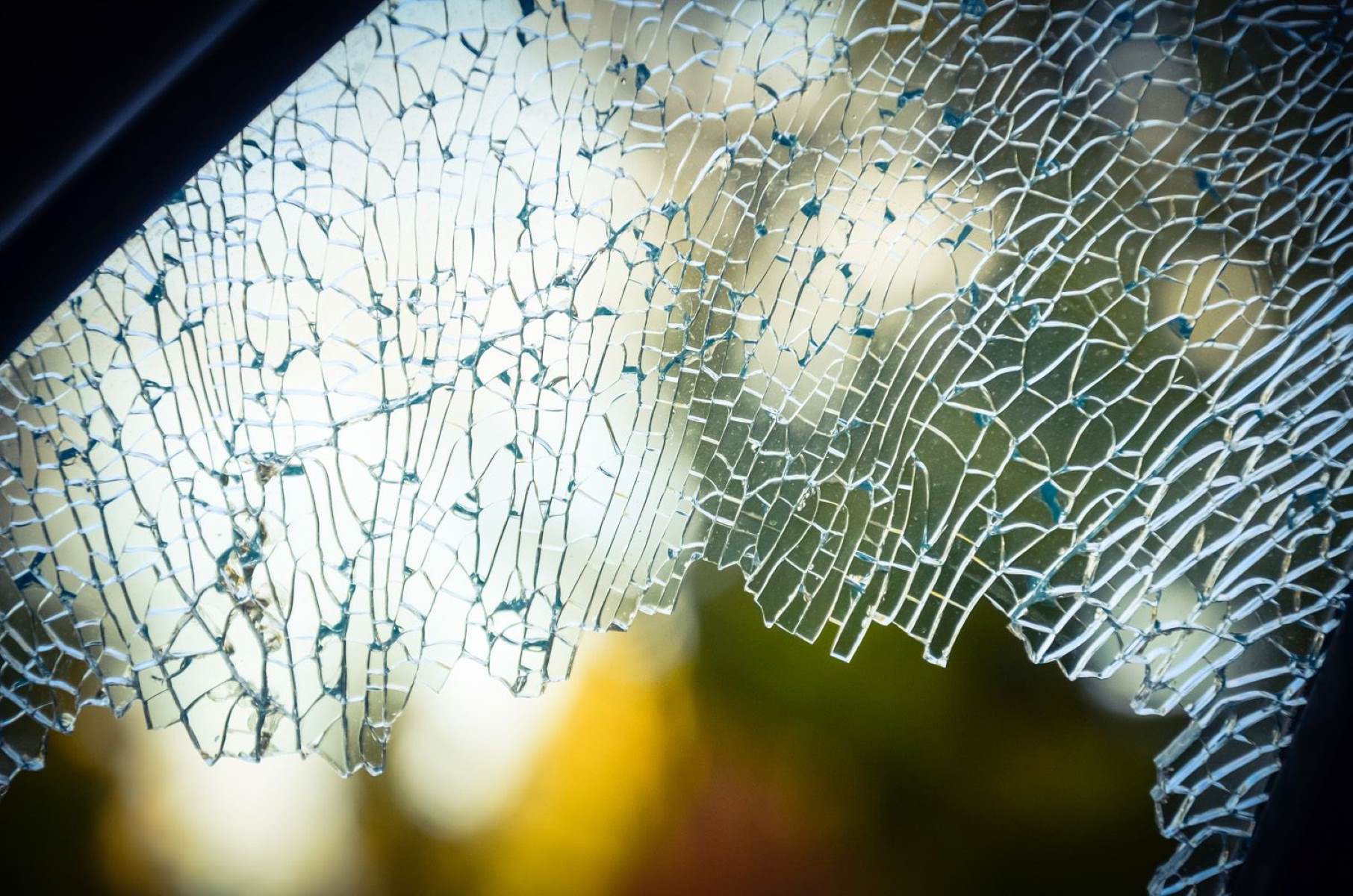

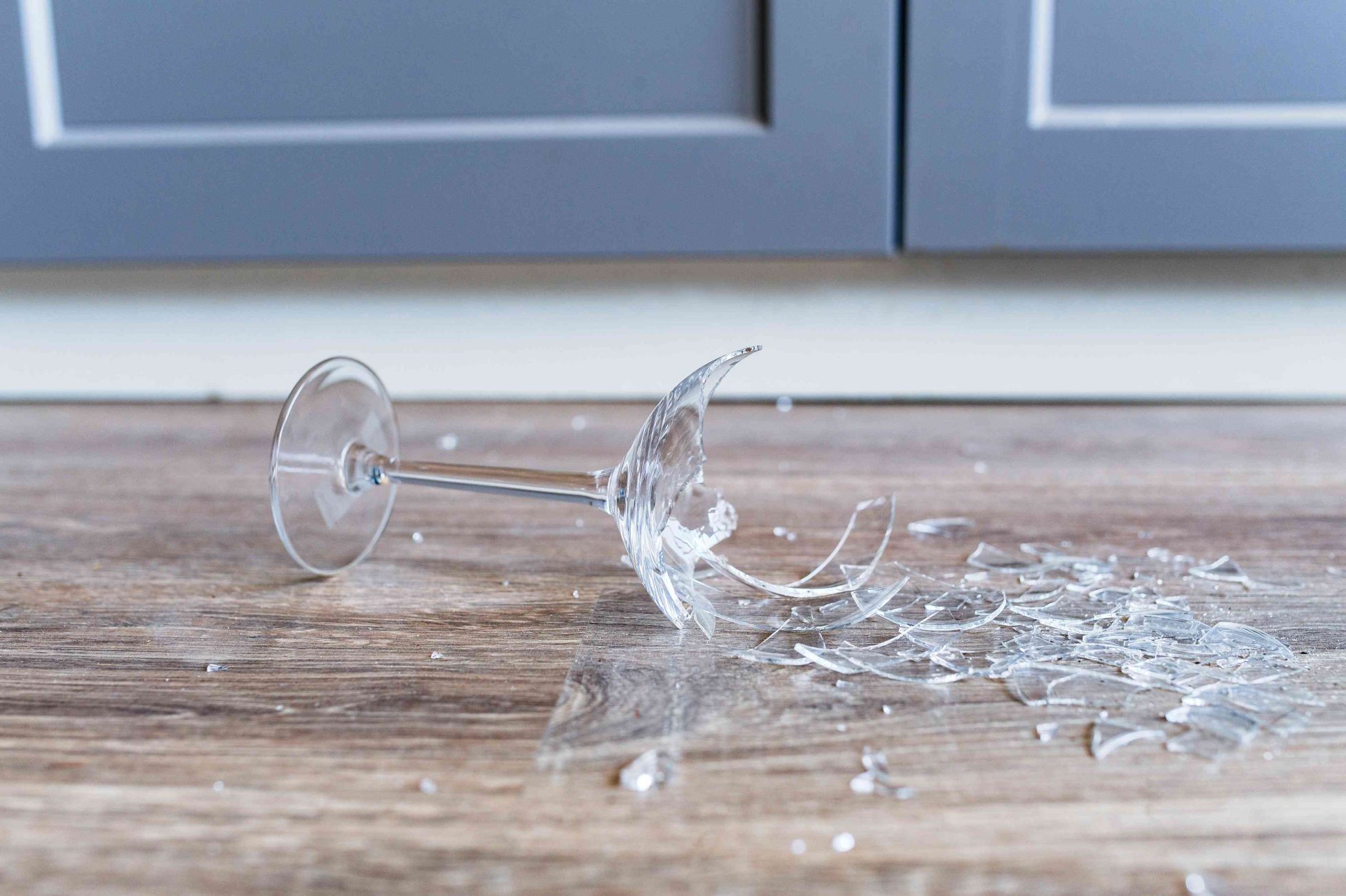
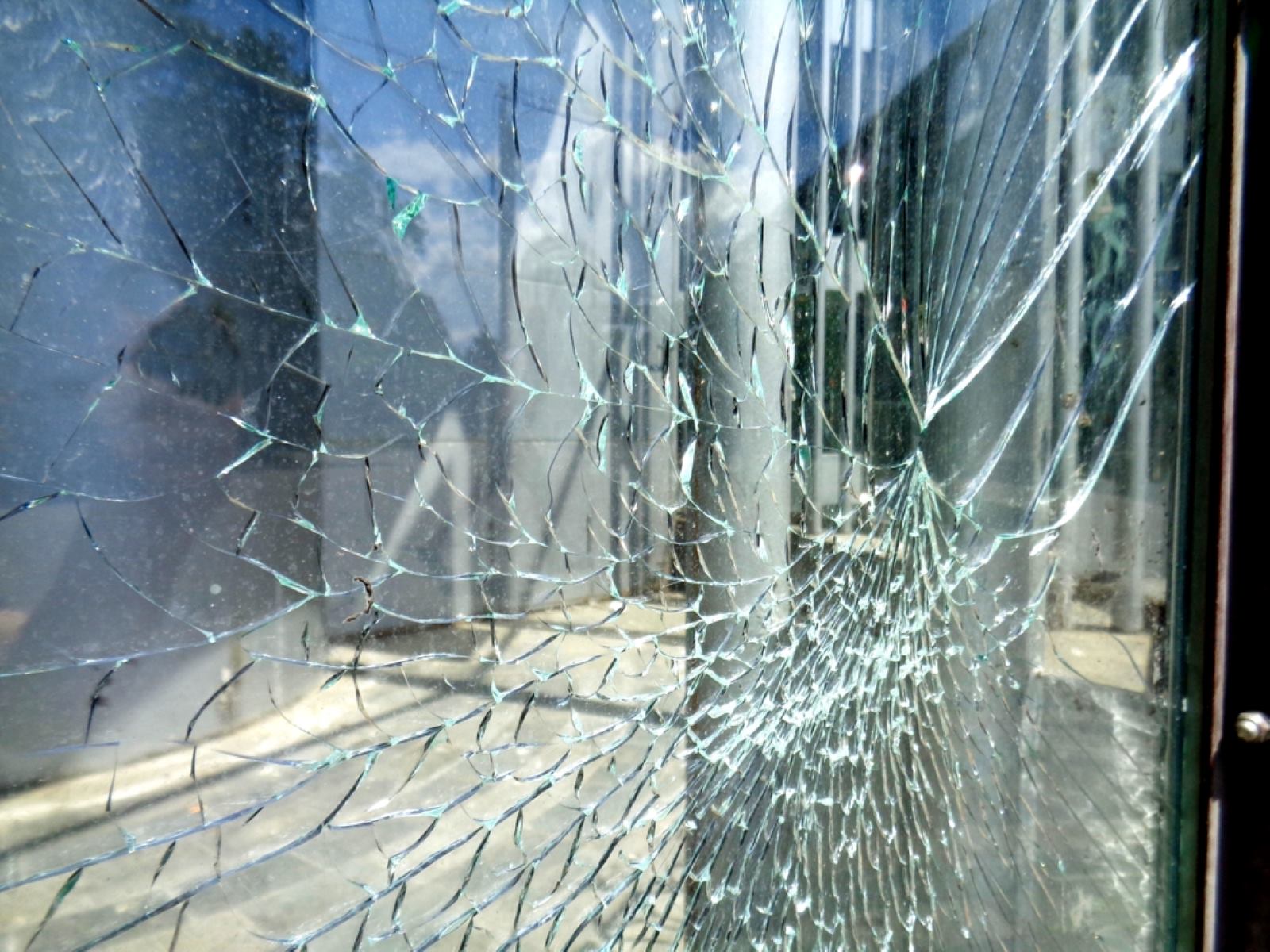
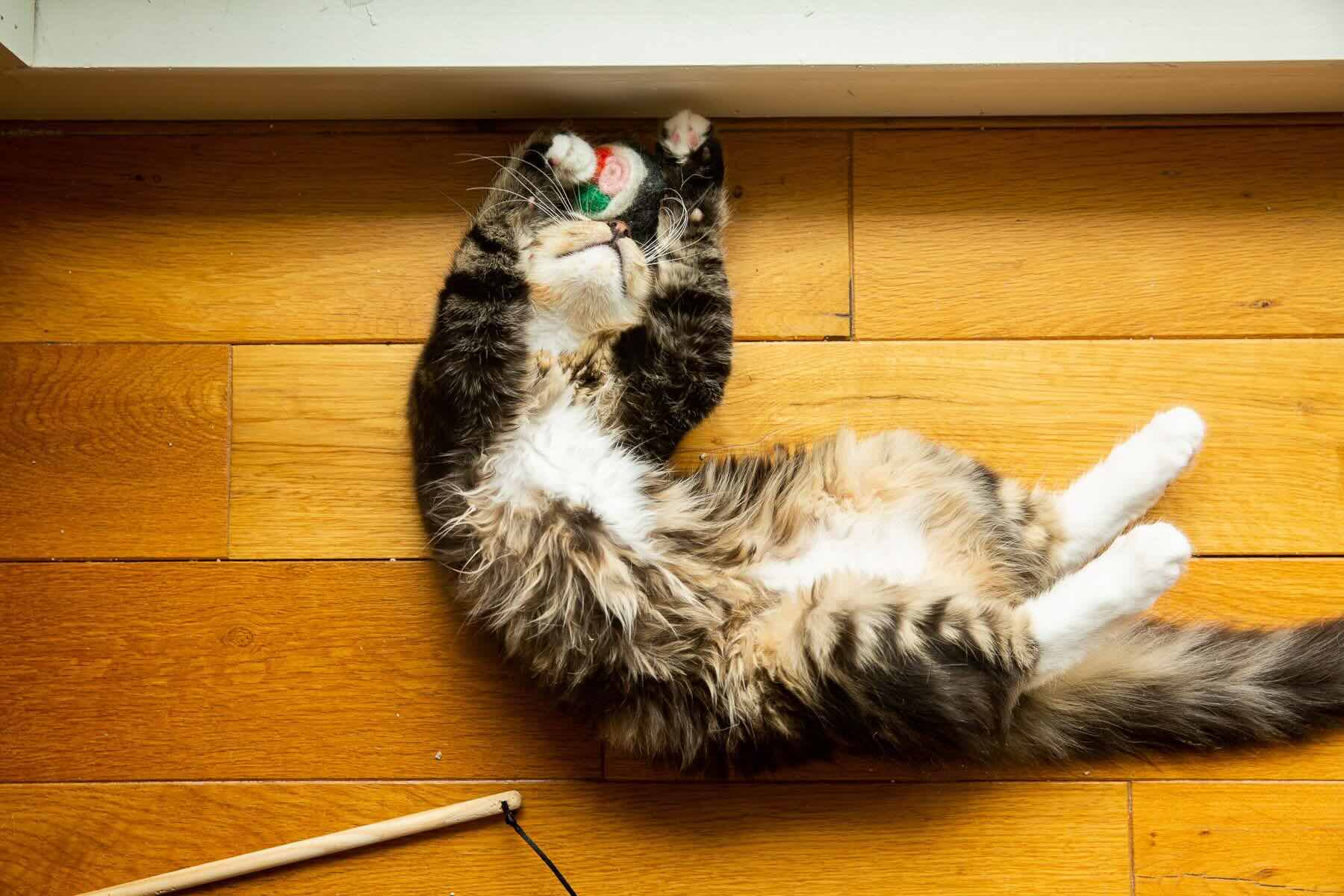



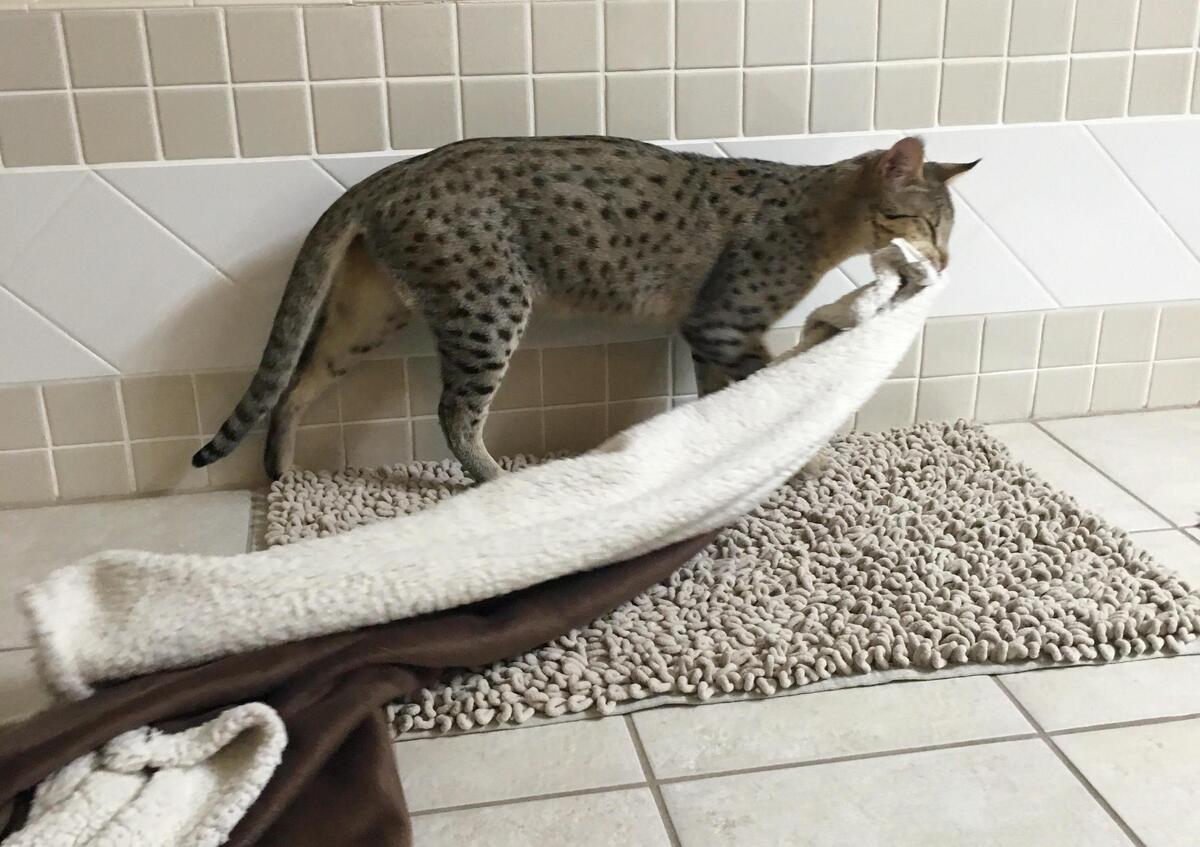
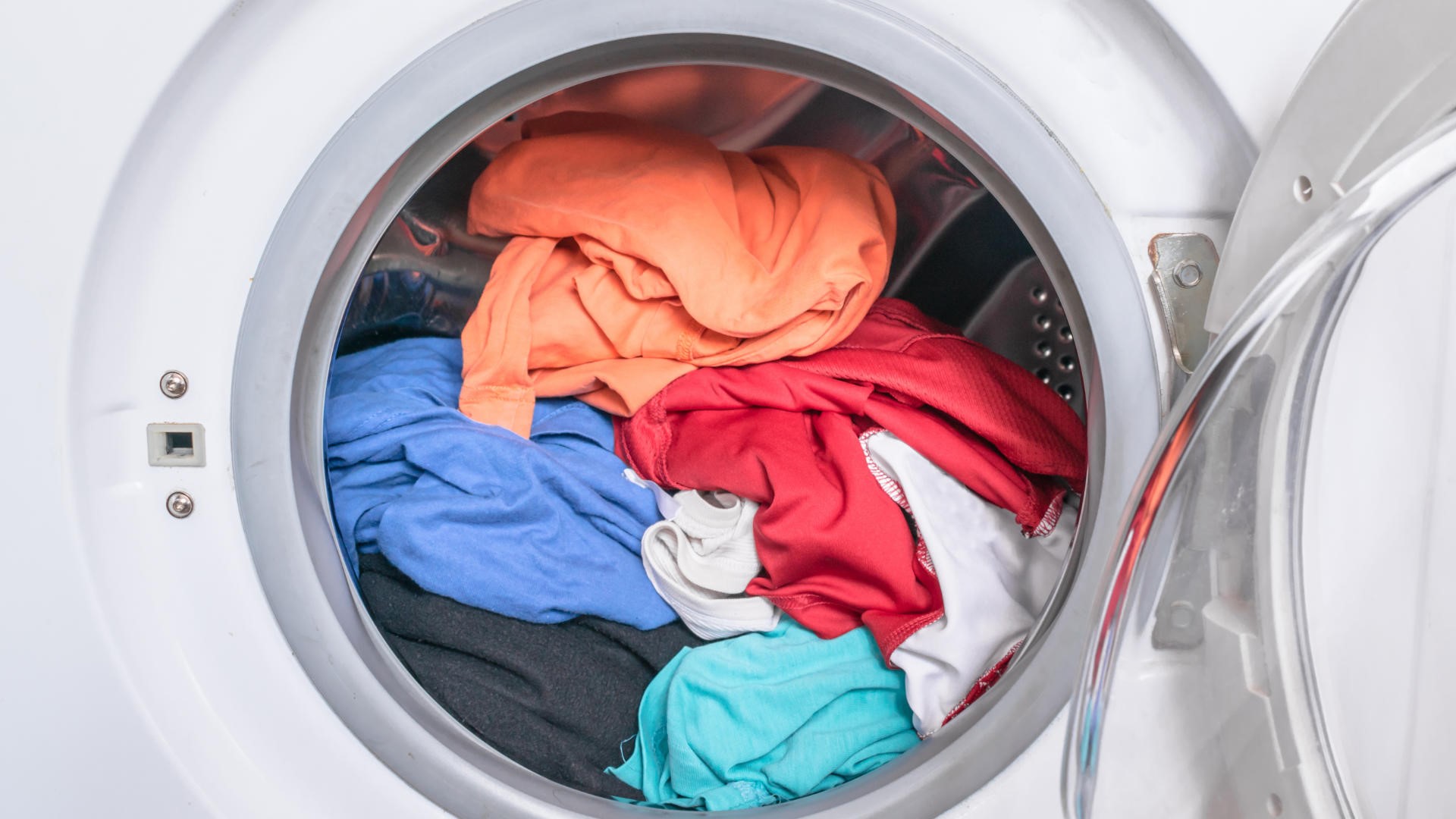
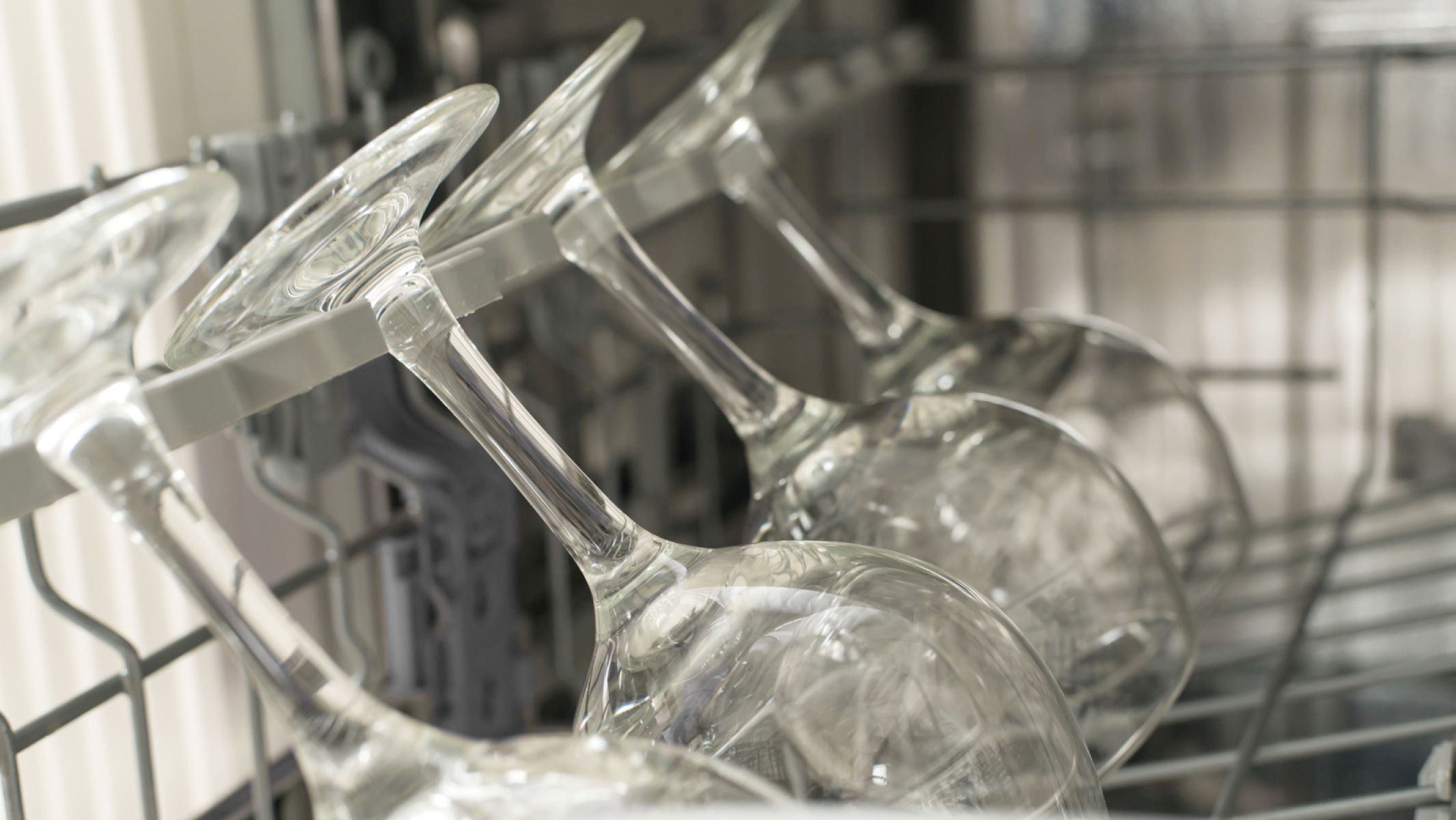
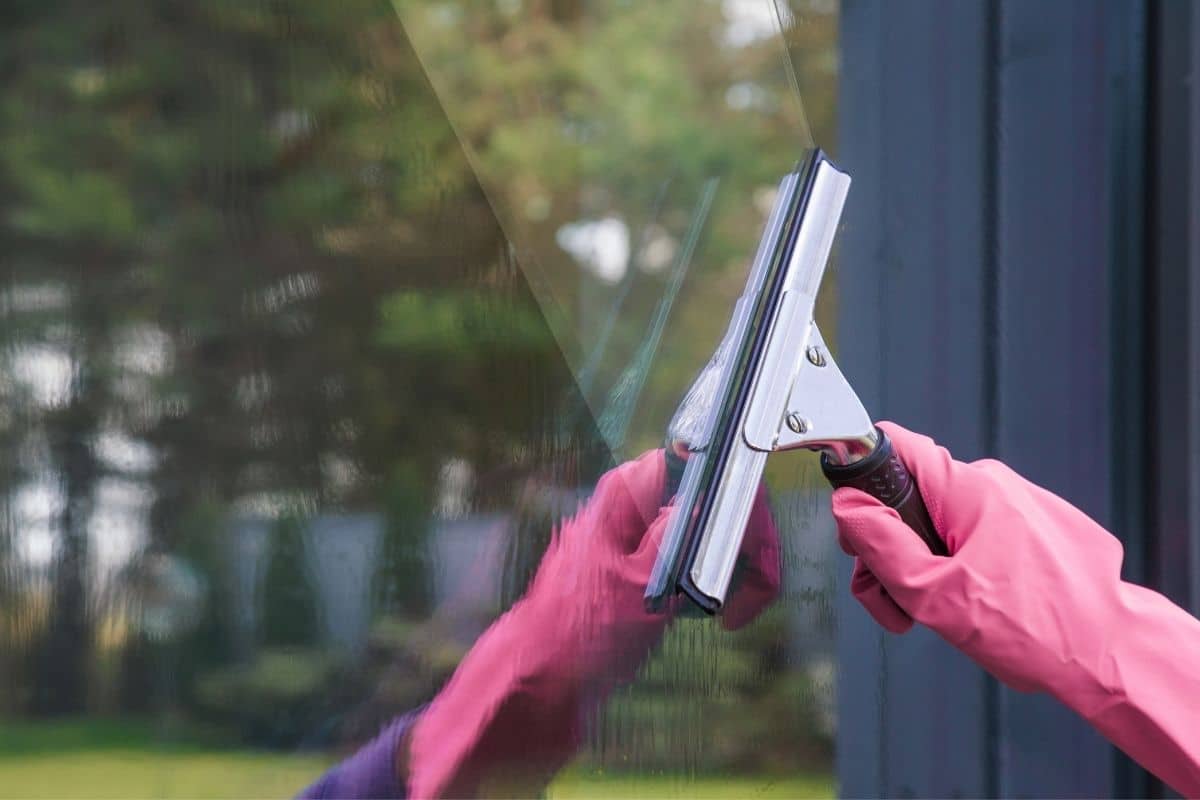


0 thoughts on “Why Does A Glass Rod Become Positively Charged When It Is Rubbed With A Silk Cloth?”